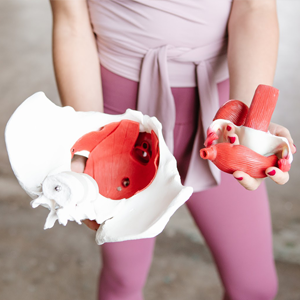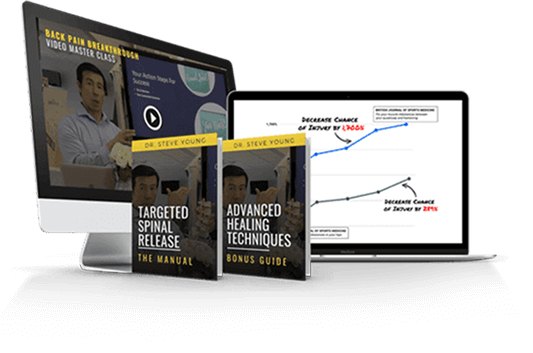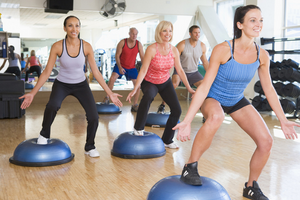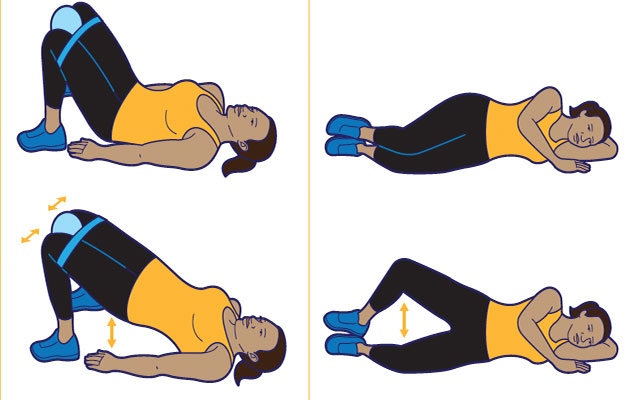How to Strengthen Your Pelvic Floor at Any Age or Stage?
The pelvic floor muscles are important for urinary and bowel control, as well as sexual function. If you are experiencing symptoms of a weak pelvic floor, such as leaking urine or difficulty with bowel movements, there are several exercises and lifestyle changes that can help strengthen these muscles.
Here are some tips on how to strengthen your pelvic floor at any age or stage:
- Kegel exercises: These exercises involve contracting and relaxing the pelvic floor muscles. To perform a Kegel exercise, squeeze the muscles you use to stop the flow of urine and hold for a few seconds, then relax for a few seconds. Repeat this exercise several times throughout the day.
- Squats: Squats are a great exercise for strengthening the pelvic floor muscles. Stand with your feet shoulder-width apart and slowly lower yourself into a squatting position, keeping your back straight. Hold this position for a few seconds, then slowly rise back up. Repeat this exercise several times.
- Yoga: Certain yoga poses can help strengthen the pelvic floor muscles. One example is the Bridge pose, which involves lying on your back with your knees bent and feet on the floor, then lifting your hips up while squeezing your buttocks and pelvic floor muscles. Hold for a few seconds, then release. Repeat this exercise several times.
- Weight management: Excess weight can put stress on the pelvic floor muscles and weaken them over time. Maintaining a healthy weight through diet and exercise can help prevent pelvic floor weakness.
- Hydration: Drinking plenty of water can help keep the pelvic floor muscles healthy and hydrated, which can prevent weakness.
- Pelvic floor physical therapy: A physical therapist can help you learn exercises and techniques to strengthen the pelvic floor muscles, as well as provide guidance on lifestyle changes that can prevent weakness.
- Avoiding constipation: Straining during bowel movements can weaken the pelvic floor muscles over time. Eating a fiber-rich diet and drinking plenty of water can help prevent constipation and reduce strain during bowel movements.
- Proper lifting technique: Lifting heavy objects incorrectly can put strain on the pelvic floor muscles and weaken them over time. When lifting, keep your back straight and use your leg muscles to lift, rather than relying on your back or pelvic floor muscles.
Remember, it's important to talk to your doctor or a pelvic floor physical therapist before starting any exercise program, especially if you have any underlying medical conditions or are pregnant. They can help you determine the best exercises and lifestyle changes for your individual needs.


































